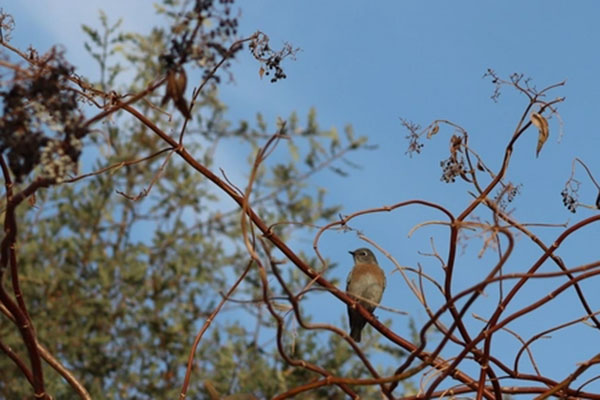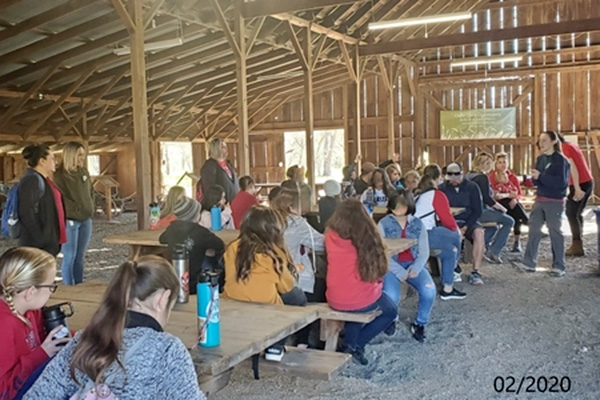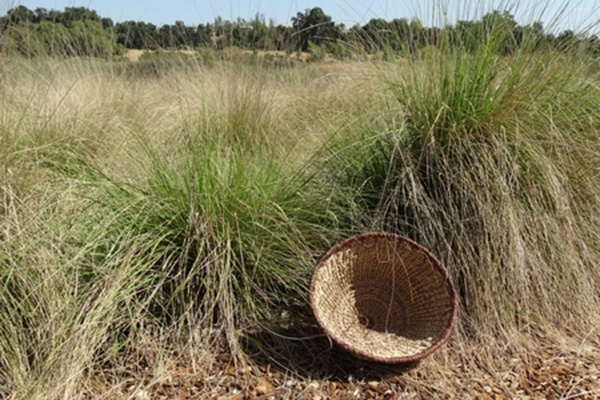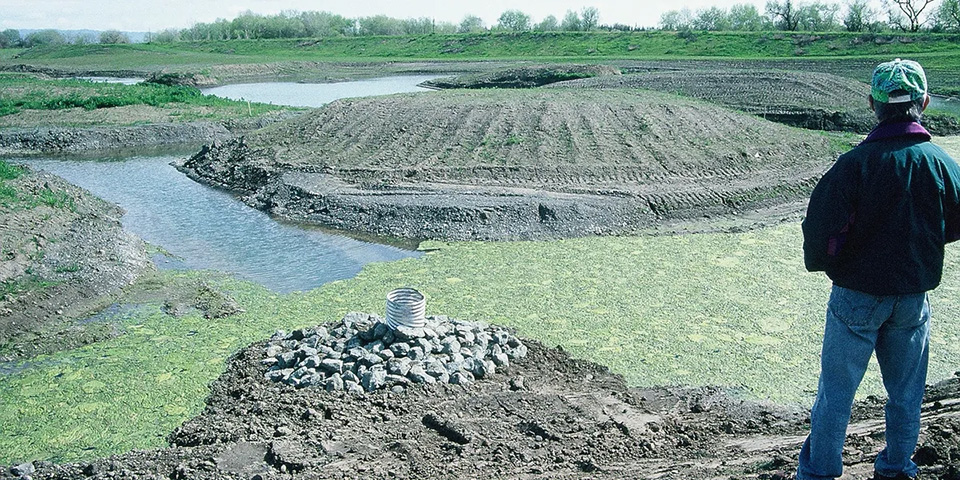About The Cache Creek Conservancy
The Cache Creek Conservancy is a 501(c)3 non-profit organization founded in 1996. Our mission is to restore, preserve and protect the Cache Creek watershed; environmental stewardship and education are two of the ways we work to achieve our mission. Learn more about the watershed and see a full map on the Cache Creek Watershed page.
The focus of the Conservancy’s work has been riparian restoration along a fourteen mile stretch of the Lower Cache Creek as mentioned in the Yolo County’s Cache Creek Resources Management Plan.
The Conservancy operates from and manages the Jan T. Lowrey Cache Creek Nature Preserve. The Conservancy is governed by a 15-member Board of Directors and has a small, dedicated staff.
What We Do

Habitat Restoration
The Cache Creek Conservancy is dedicated to restoring ecological function and enhancing the quality and quantity of wildlife habitat along Lower Cache Creek. The Conservancy is the primary implementing agency of the Cache Creek Area Plan, an element of Yolo County’s general plan. We are the “boots on the ground”, we manage and execute conservation, restoration, and enhancement projects from start to finish. This work includes: procuring grant funding, environmental permitting, site analysis and selection, site monitoring and maintenance, native plant propagation, and the management of invasive species’ populations.
Environmental Education
Environmental education is an important component of the Conservancy’s restoration efforts. Our programs include outreach to the general public as well as to specific audiences through workshops and public events. Right now, our emphasis is on college-level Internship Programs. Past programs include the “Experience the Creek” program for primary school level, which is currently on hiatus. All of our onsite educational activities emphasize interactive learning with a focus on the ecology, culture, or the history of the Cache Creek watershed. Many of these experiences cannot be accomplished in a traditional classroom.


Tending & Gathering Garden
The Tending and Gathering Garden (TGG) is a collaborative effort between the Native American community and the Conservancy to demonstrate traditional land and plant management practices of California’s native people. Situated on 3-acres in the Cache Creek Nature Preserve, the TGG is home to culturally significant native plants found within the Cache Creek watershed. The TGG serves as a source for cultural practitioners to gather plant material. It also provides a place for hands-on education. No pesticides or herbicides are used in the TGG.
Cache Creek Conservancy History

The Cache Creek Conservancy was formed in 1995 by individuals representing stakeholders throughout the region. Individuals and groups representing the environment, government agencies, landowners, agriculture, and industries supported and were involved in Conservancy efforts. These people understood the need for a project-oriented environmental organization to focus on the previously mined stretches of Cache Creek.
In February, 1996 the organization officially became a nonprofit, public benefit corporation with primary goals to implement projects, provide environmental education, hold conservation easements, and manage land for wildlife habitat. Funding was provided by voluntary support from the four major mining companies operating on Cache Creek who agreed to contribute five cents per ton of gravel sold.
The Yolo County Board of Supervisors adopted the Cache Creek Area Plan in late 1996. Within the framework of the plan, the aggregate industry is to financially contribute to the Conservancy. This funding has continued to the present time. Additional funding comes from grants, contract work, and your generous donations.
